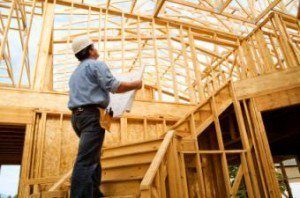
The National Association of Home Builders (NAHB) reported that prices paid for materials used in residential construction [1]fell 0.3% in September, according to the Bureau of Labor Statistics’ Producer Price Index (PPI).
Prices have fallen by an average of 0.1% per month over the last year, and the price of materials used to build homes has increased 1.7% in 2019—the slowest year-to-date growth through September since 2015.
The price for building materials fell by 2% in 2015 and increased annually in 2016, 2017, and 2018 by 2%, 2.9%, and 4.9%, respectively.
The slowing of price growth for building materials could be seen as positive news, as a report by the NAHB earlier this year [2]that increasing regulatory costs, the shortage of construction workers, tariffs on $10 billion worth of building materials, and concerns over housing finance have impacted housing affordability.
The report says that regulations account for 25% of the price of a single-family home, and 30% of the cost of a multi-family development.
“Removing regulatory barriers that contribute to the increased costs of housing will pave the way to homeownership,” said NAHB Chairman Greg Ugalde, a builder and developer from Torrington, Connecticut. “Home builders and the residential construction community are committed to working with Congress to ensure homeownership is within reach of hard working families.
The PPI shows that softwood lumber prices increased 3.8% in September, which is the largest price growth since the 4.8% increase in June 2018. Softwood lumber prices have fallen 8.7% over the last 12 months, but are 15% higher than they were in 2016.
Prices for gypsum products rose 0.3% in September after a 0.5% increase in August. Gypsum products have declined by 3.9% since the start of 2019 and are down 8% over the last year,
The 3.9% year-over-year decline is the largest drop since the Bureau began seasonally-adjusted prices in 2012.
Prices for ready-mix concrete fell for the first time in eight months in September—falling 0.6%. Regionally, the Northeast saw the biggest drop at 3.5%.